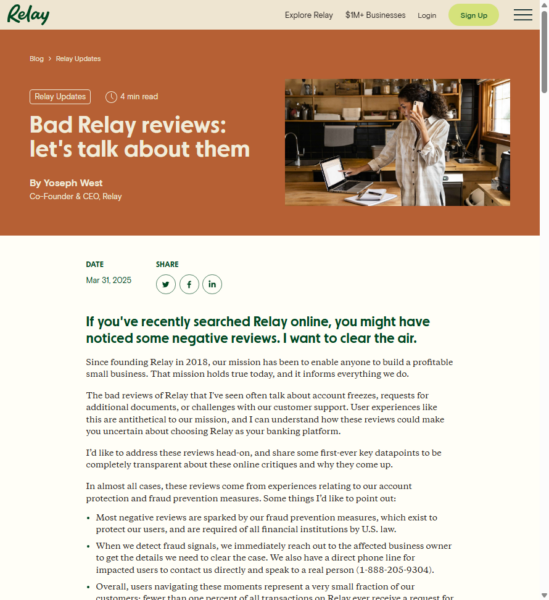Lawmakers have sent a powerful message to the trucking industry, and that is that they want to keep bigger trucks off of the highways and byways. This month, the U.S. Senate easily delayed the approval of twin 33-foot trailers nationwide, a key provision in a fiscal 2016 transportation funding bill.
“When I asked the California Department of Transportation whether they support twin-33s, they said they do not support these trucks because of longer passing distances, difficulty merging and ramps, turn lanes and rest areas that simply are not able to support them. Even our federal Department of Transportation asked Congress not to pass any law until they can fully study this issue,” U.S. Senator Dianne Feinstein (D-Calif.) stated in a press release.
In a voice vote this month, the Senate adopted the “Wicker-Feinstein amendment” to remove the mandate from the transportation appropriation bill. The amendment would require the federal Department of Transportation to complete a safety study before Congress could consider allowing the longer rigs.
“I am not alone in believing that it would be unwise to put twin 33 trailers on the road without the proper data from DOT and a formal rulemaking process,” stated Roger Wicker, (R-Miss.). “Highway safety advocates, automobile associations, trucking associations, state troopers, and law enforcement associations are also opposed.”
Why “No” to Bigger Trucks on the Road
Thirty-eight states already prohibit bigger double trailers.
According to Wicker, Twin 33s would put more wear and tear on the nation’s roads, costing between $1.2 billion and $1.8 billion per year in additional funding.
Shorter trucks already kill thousands of Americans every year. Data shows that there are around 3,500 fatal injuries each year. In 2013, nearly 4,000 people were killed. Seventy-one percent of those killed were in other vehicles, and 11 percent were bicyclists and pedestrians.
Feinstein noted that twin 28-foot trucks already have an 11 percent higher fatal rate than single trailer trucks. Longer trailers, she says, will mean even more deaths. The California senator added that twin-33s would swing out four feet wider than twin-28s, and require 20 more feet to stop.
Why “Yes” to Twin 33s
The American Trucking Association estimates that trucks will haul 30% more freight in just ten years. The increased cubic capacity of double 33’s will reduce the number of additional trucks on our roads required to carry this substantial increase in freight.
“This common sense solution holds the potential to ease congestion, reduce emissions and improve the efficiency of the supply chain,” stated American Trucking Associations President and CEO Bill Graves. “There are so many upsides to the use of twin 33s that it is inevitable this change will come to pass. Decision makers cannot continue to embrace unsafe and unproductive strategies, and expect to have this nation’s freight continue to get delivered. Ultimately the economy will win this debate.”
What’s Next?
The GOP-led Senate has yet to say if it would call up other funding bills before a stop-gap government funding measure expires Dec. 11. It is likely that both chambers will consider an expansive funding bill, known as an omnibus, before the short-term funding extension expires.
Safety First
I have taken to trial and settled many cases involving double and triple trailers. I would like to see a thorough study must first be conducted before Twin 33s are ever allowed to travel America’s roadways. Until it proven that twin 33s are as safe 28s—they must have no place on the highway. It’s just too much of a gamble on human lives.

Michael Leizerman is a truck accident attorney specializing in catastrophic multi-axle collisions. He understands all facets of truck accident litigation; including federal regulations, drug and alcohol testing and hours of service requirements. He has authored a treatise entitled Litigating Truck Accident Cases and often educates other attorneys on trucking laws and regulations. You can learn more about Leizerman & Young by visiting their website, www.truckaccidents.com.










Comments for this article are closed.